Wood Waste Grinders: Turn Waste into Profit, Boost Business Value
As an expert with half a century in mining machinery and biomass energy, I can tell you that a wood waste grinder is far more than a simple “wood breaking machine.” It is a precise value engineering task. It is the crucial “heart” of the entire eco-friendly wood waste recycling chain. Many people think they just buy a machine, put wood in, and get recycling. This view often causes a series of problems and inefficiencies later. I will share some lesser-known industry insights from my 50 years of experience. These insights will help you truly understand and use wood waste grinders. They will help you achieve sustainable and cost-effective recycling.
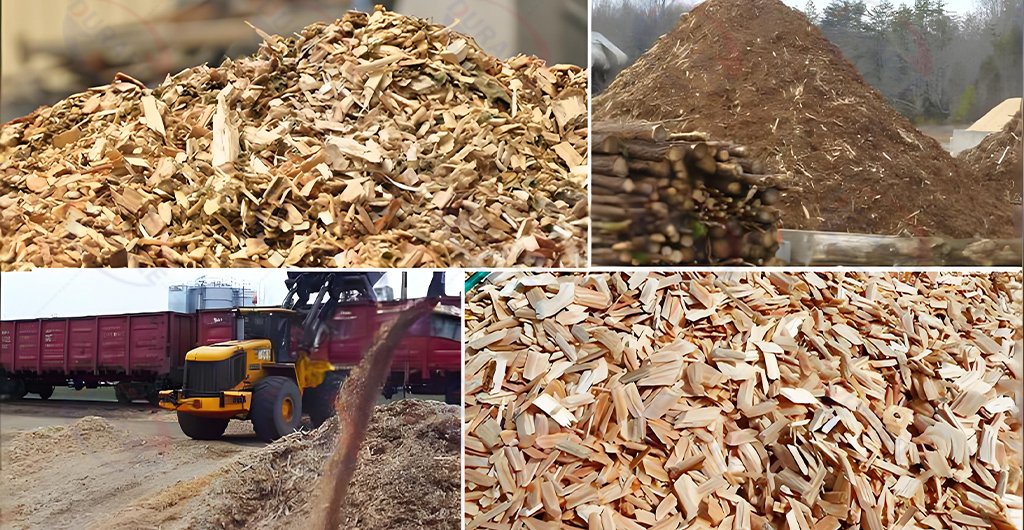
Table of Contents
- Wood Waste: Convert to High-Value Resources?
- Diverse Wood Waste: Choosing the Best Grinder for Top Results?
- Beyond Grinding: How Can Wood Grinders Drive True Green Practices?
- High-Value Uses: What New Profits Can Processed Wood Scraps Bring?
- How to Ensure Long-Term Profitability for Your Grinder?
- What are the key maintenance practices for wood grinders?
- Choosing a Supplier: How to Get Quality Equipment and Support?
- FAQs
- Conclusion: Your Path to Mastering Wood Waste Value
- About Durable
Wood Waste: Convert to High-Value Resources?
Many businesses face a big challenge: piles of wood waste. This includes sawdust, branches, and offcuts. It costs money to dispose of it. It also takes up space. But I see something different. I see a hidden treasure. A wood waste grinder is the key to unlock this value.Changing waste into new, useful products isn’t just about making small pieces of wood; it’s about creating value.
Many clients pick a grinder based only on how big their wood waste is. They look at the size of the input and the required output size. They often ignore what the final output material will be like. This is a common mistake. The physical traits of the output material directly decide its final worth. A grinder is not a stand-alone part. It is the first step in a precise manufacturing process. You must decide if your wood chips will make biomass fuel pellets, animal bedding, composite board filler, or soil improver. Each use needs specific material traits. This includes particle size, fiber length, shape, and even surface area.

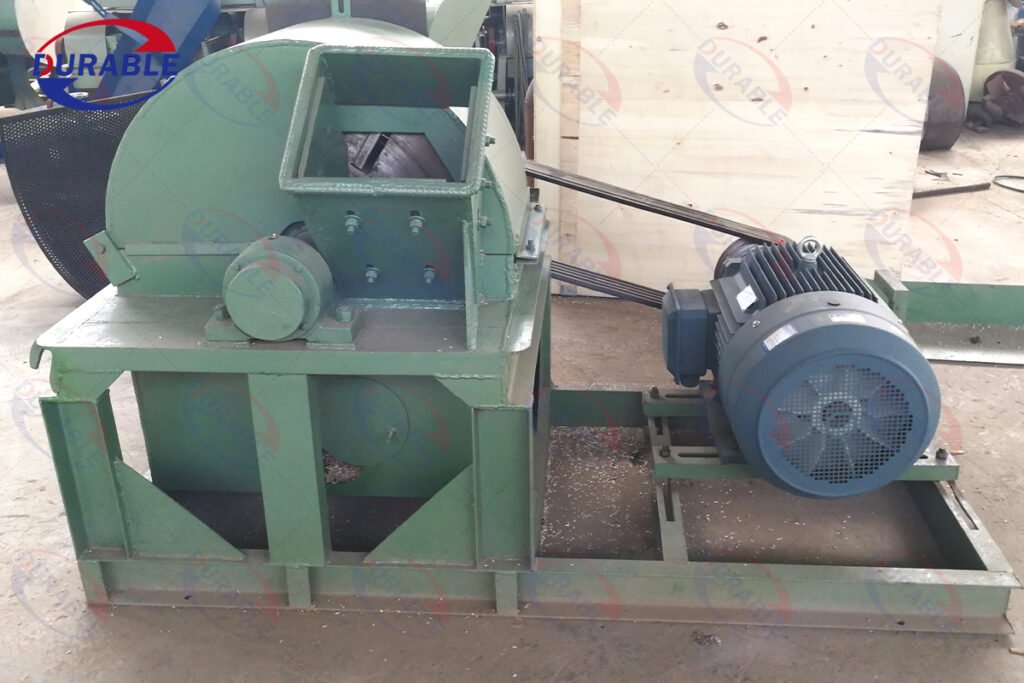
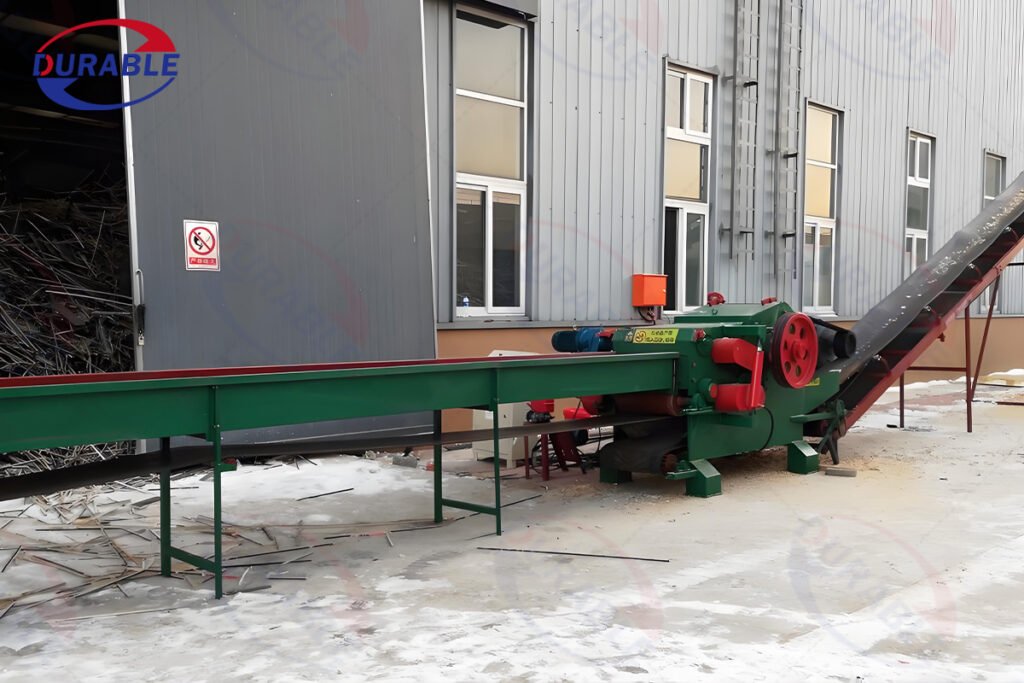
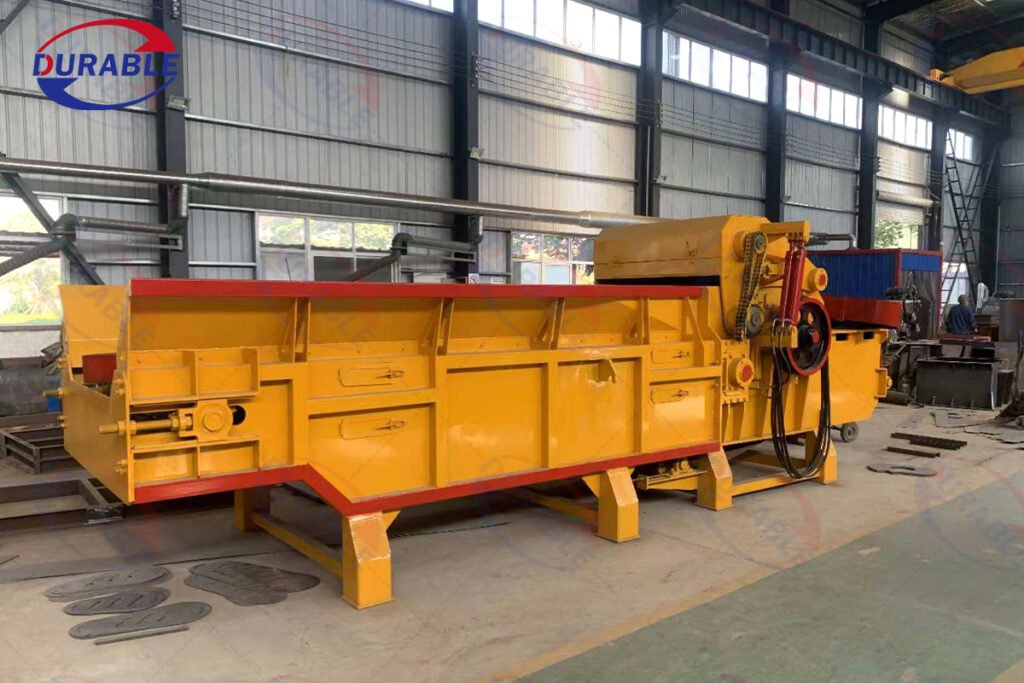
| Equipment Type | Key Characteristics | Output Form | Common Applications |
|---|---|---|---|
| Hammer Mill Crusher | – High output – Damages fibers a lot | Fine, fluffy powder | Pellet fuel, Animal bedding |
| Disc Wood Chipper / Drum Chipper | – Damages fibers less – Larger particles | Regular, flat wood chips | Paper making, Biomass power, Large boiler fuel |
| Comprehensive crusher | – Best for large, odd-shaped, or metal-containing wood waste (e.g., old furniture, pallets) – High torque, doesn’t get stuck easily – Serves as a first step before finer grinding | Rough, irregular pieces | Pre-processing for old furniture, pallets, and other difficult wood waste |
Before you invest in a grinder, know your final product and market. Then work backward. Figure out the material traits you need. Then pick the right wood waste grinder type, screen size, and even hammer or blade setup. This makes sure your product has good quality. It helps it compete in the market. This turns your wood waste into a profitable resource.
Diverse Wood Waste: Choosing the Best Grinder for Top Results?
Your wood waste comes in many forms. It can be small branches, big logs, or mixed construction debris. Picking the right wood waste grinder for these different materials is very important. It ensures the best results. It makes your operations smooth and efficient.
Many clients mistakenly believe that small amounts of metal (like nails or screws) or stones are acceptable in wood waste, assuming their grinder can handle them. This is incorrect. Any non-wood foreign matter severely damages your grinder, eroding profits and posing significant safety risks.
Hazards of Impurities:
Metal causes rapid wear or breakage of hammers, blades, and screens. It can also spark, leading to dust explosions, increasing repair costs, downtime, and safety hazards.
Stones damage blades and generate abrasive silica dust, further accelerating equipment wear.
Plastics melt at high temperatures, sticking inside the machine, blocking material flow, and potentially releasing toxic gases.
A grinder’s largest operating cost is often not electricity, but the replacement of worn parts and repairs. Impurities can reduce the lifespan of wear parts, such as hammers, blades, and screens, by 50% or more.
Essential Pre-Treatment Solutions:
Therefore, robust pre-treatment and sorting systems are crucial before grinding. We implement:
Magnetic separators (permanent or electric) to extract metal contaminants.
Vibrating or trommel screens for removing dirt, sand, and other small debris.
Manual sorting, particularly vital for city wood waste recycling, to pick out irregularly shaped, large, or complex foreign objects.
For high-end or high-risk applications, metal detectors on the feed belt can immediately halt the machine upon detection, protecting your investment and ensuring worker safety.
We use these methods to manage all kinds of wood waste. This ensures your grinder works well. It produces high-quality output. It also lowers long-term costs.
Beyond Grinding: How Can Wood Grinders Drive True Green Practices?
A wood waste grinder does more than just break down wood. Serving as a key tool for environmental protection, this helps your business adopt green practices and build a good company image. Managing dust is not just a cost; rather, it functions as a safety measure, a source of extra income, and your environmental statement.
Many people see dust from grinding as just a normal part of the process. They might use a simple dust bag to meet environmental rules. But fine wood dust is dangerous. It is combustible and can explode. If it reaches a certain level in the air, a spark, static electricity, or hot equipment can cause an explosion. This can hurt people and destroy property. This is a fact. It has happened many times in factories worldwide.
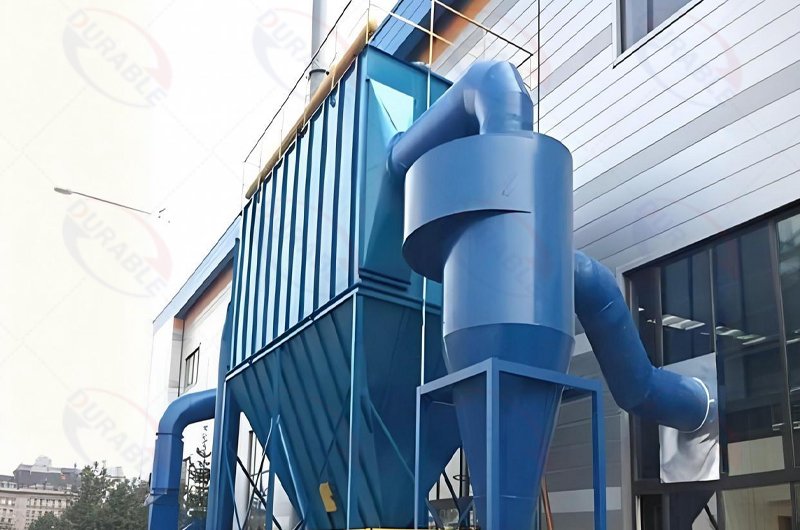

A professional dust collection system is needed. This often uses cyclone dust collectors with bag filters. It is the base for safe production. Such systems should have explosion-proof fans, vents, and spark detection systems. They can put out fires. Collected fine dust is not waste.This high-quality material can be a binder for pellet fuel, a raw material for biomass briquettes, or even utilized as soil improver or animal bedding. Using this dust increases material use. It brings in more money.
Effective dust control helps you follow environmental laws. It also makes the workplace better. It improves your company’s image. From the start of a project, plan for an efficient and safe dust collection system. Think of it as an investment. More than just an expense, it protects lives, keeps operations running well, and helps your business grow in a sustainable way.This holistic view makes a wood waste grinder a true green machine.
High-Value Uses: What New Profits Can Processed Wood Scraps Bring?
Once you process wood scraps with a wood waste grinder, they become much more valuable. They can open new ways for your business to make money. This turns what was once a cost into a source of income.
Processed wood has many uses. Each use brings different profits.
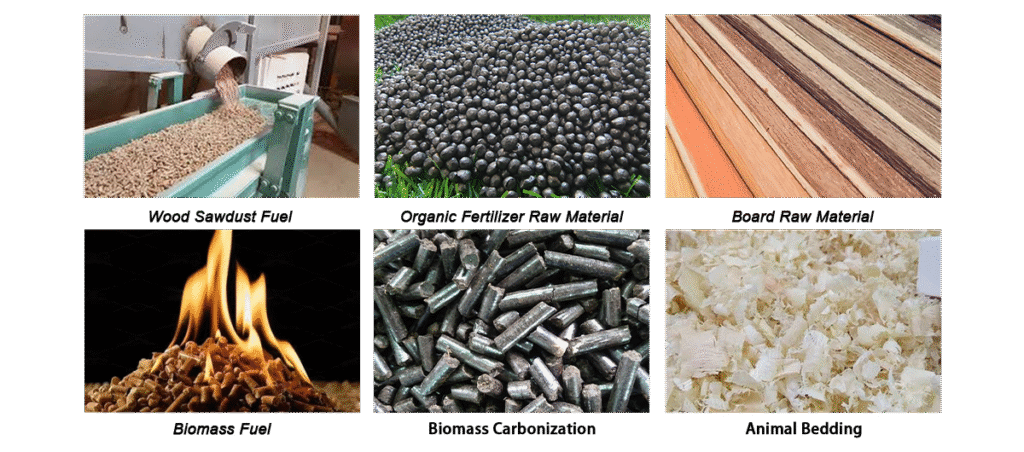
- Wood Sawdust Fuel/Biomass Fuel: This is a big market. Wood chips and sawdust can be pressed into pellets or briquettes. These are efficient and clean-burning fuels. They are good for industrial boilers and home heating. They reduce reliance on fossil fuels. We offer equipment like a pellet making machine and a biomass briquette machine for this.
- Organic Fertilizer Raw Material: Wood waste breaks down slowly. It enriches soil, is great for composting, and adds organic matter to farms and gardens.
- Board Raw Material: Wood fibers can make composite boards like particleboard or MDF. This is a direct use for processed wood. It supports the construction and furniture industries.
- Animal Bedding: Fine, clean wood shavings make excellent bedding for livestock and pets. It is absorbent and natural. This is a steady market.
- Biomass Carbonization: Wood chips can be processed into charcoal. This is a high-value product. Charcoal is used for cooking, industrial uses, and water filtration. Durable offers various charcoal making machine options.
The profit you get from waste wood recycling depends on what you make. For example, making wood pellets for fuel can bring in good money. This is especially true if you have a cheap source of wood waste. The more diverse your products, the more stable your income. This turns your wood scraps into many different valuable goods.
How to Ensure Long-Term Profitability for Your Grinder?
When you invest in a wood waste grinder, you need to know if it will make money over time. This is about checking the Return on Investment (ROI). It means looking at costs, sales, and how long the equipment lasts. A careful review helps you plan better. It ensures long-term profit.
Customers often pick a fixed-size grinder based on their current wood waste and needs. But markets and raw material sources change. Today’s sawdust might be tomorrow’s old furniture or construction waste. Can your grinder handle these changes? This is about its flexibility. Its ability to upgrade affects your future profits. It affects your ROI.
Consider these points:
- Multifunctionality: Pick grinders that can do many things. You can change parts like screens or blades to handle different wood types. This means from soft to hard wood. It also means you can meet different output size needs. This is very important for wood waste recycling.
- Modular Design: Look for machines with a modular design. This makes them easy to fix, upgrade, or grow in the future. For example, a single-shaft shredder might upgrade to a double-shaft. Or you can add a pre-shredding unit.
- Smart Controls: Invest in grinders with variable frequency drives (VFD) and automated controls. A VFD adjusts motor speed automatically. This saves energy. It also works with different wood materials. This makes production more flexible. Automated systems watch load, temperature, and vibration. They find problems early. They can also link with other machines.
The initial cost of your wood waste grinder is important. But the long-term running costs are also key. These include power, labor, and maintenance. If your machine is flexible, you can adapt to new markets. This means better profit. If it is easy to upgrade, you save money on new equipment later. This ensures your environmental equipment investment pays off well. It turns wood waste management into a profitable part of your business.
What are the key maintenance practices for wood grinders?
Keeping your wood waste grinder running well is important. It lowers costs and makes the machine last longer. This affects your profit. For grinders, the cost of replacing worn parts and downtime for repairs is often the biggest part of its total cost. This is the Total Life Cycle Cost (LCC).
When buying a machine, clients often look only at the overall price. They do not think about the cost of wear parts. These include hammers, blades, liners, and screens. They also do not think about how often they need replacing.
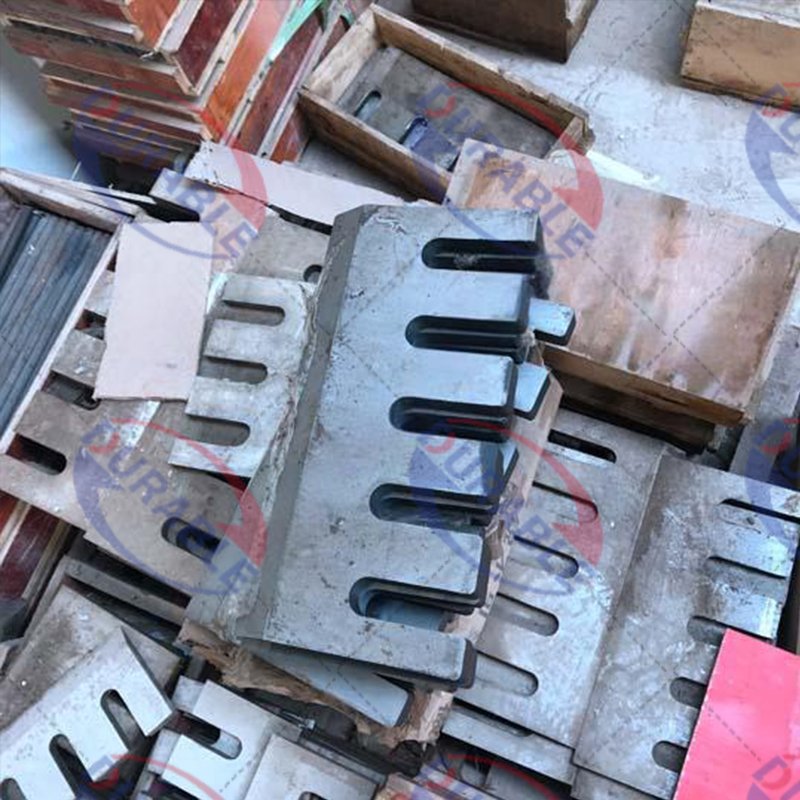

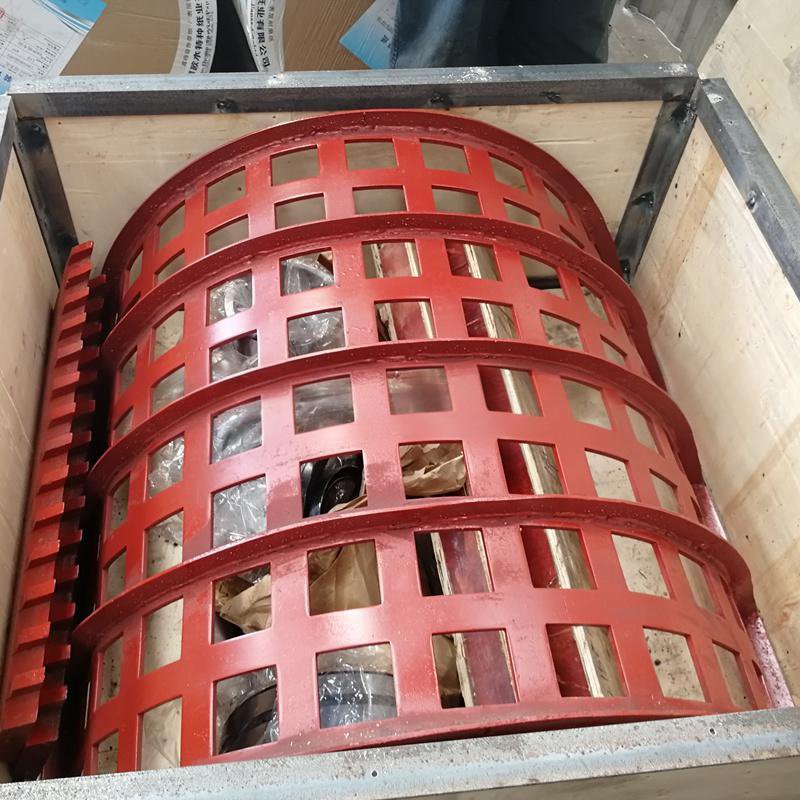
Here are key maintenance points:
- Material Choice: Good wear parts use strong materials. High-manganese steel, high-chromium alloy cast iron, or hardfacing layers are common. They cost more at first. But they last many times longer than regular parts. This greatly extends replacement cycles.
- Blade Design: For chippers or shredders, the shape of the blades matters. The cutting angle and heat treatment are important. Reversible blade designs also make them last longer. They make changes easier.
- Maintenance Schedule: Make a strict plan for maintenance. Check wear parts regularly for damage. Fixing things before they break is cheaper than fixing them after they fail. This is called preventive maintenance.
- Spare Parts: Always keep spare wear parts in stock. This helps you fix things quickly. It reduces how long your machine is stopped.
- Repair Techniques: Learn how to repair worn parts. For large, costly parts, fixing them can be cheaper than buying new ones. This can include specialized welding for wear parts.
Proper maintenance protects your investment. It ensures your wood waste grinder works well for many years. It keeps your operating costs low. This adds to your profit from waste wood recycling. It supports your overall wood waste management strategy.
Choosing a Supplier: How to Get Quality Equipment and Support?
Picking the right equipment supplier is one of the most important decisions. It decides if your wood waste grinder project will succeed and be profitable for a long time. I have seen projects fail. It was not because of bad ideas. It was because of bad equipment choices and poor support. Your supplier should be a partner, not just a seller.
Look for these things in a supplier:
- Experience and Knowledge: The supplier must have a good history. Look for companies with many years of experience in industrial wood processing equipment. They should know all about wood waste recycling.
- Complete Solutions: Do not pick suppliers who only sell single machines. Find ones who offer a full solution. This means everything from preparing raw materials to packaging the final product. A complete system from one supplier avoids problems. It makes operations smooth.
- Modern Technology: The supplier should offer modern, efficient, and eco-friendly equipment. This includes good dust control and waste heat recovery. Ask about their wood waste grinder designs. Ask about their research work.
- Customization: Every project is different. The supplier should change equipment to fit your specific wood waste, capacity needs, and desired product quality. For example, for wet wood waste, some suppliers offer solutions that seem unusual but are very effective. They might suggest rough grinding wet wood first. Then they dry it. Then they do fine grinding. This saves a lot of energy.
- After-Sales Support: This is very important. What help do they give for installation? Do they train your workers? What about spare parts and fixing problems? A good supplier gives strong, ongoing help. This is worth more than a slightly lower price at first.
- References and Visits: Ask for names of past clients. If you can, visit a working plant that uses their machines. This shows you how the equipment really performs.
- Warranty: Understand the warranty terms for the equipment. What do they promise for performance and output?
Durable is a Chinese manufacturer.Leveraging extensive experience in mineral processing equipment and biomass energy, our company provides comprehensive solutions for wood waste processing. These solutions encompass initial planning discussions, plant design, custom equipment manufacturing, installation supervision, worker training, and robust post-purchase support. Recognizing the significance of your investment in a wood waste grinder, we aim to be your trusted partner. Our goal is to ensure your project is efficient, environmentally friendly, and profitable.
FAQs
Question 1: What type of wood waste grinder is best for mixed construction wood?
For mixed construction wood, a wood shredder is often best. It handles large, irregular pieces and can cope with some metal like nails. After shredding, you can use a hammer mill crusher for finer particles if needed.
Question 2: How can I deal with high moisture content in my wood waste?
For high moisture content (over 30%), rough grinding the wet wood first can help. This increases surface area. Then, drying it becomes much more efficient. After drying, fine grinding can happen. This saves energy. Consider a sawdust dryer for this step.
Question 3: Is wood dust really dangerous? How do I prevent problems?
Yes, wood dust is dangerous. It can cause explosions if it builds up and finds an ignition source. You must have a strong dust collection system. It needs explosion-proof features. Regular cleaning and good ventilation are also key.
Question 4: What are the most common wear parts on a wood waste grinder?
The most common wear parts are hammers, blades/knives, and screens. Their lifespan depends on the material processed and their own quality. Regular checks and using high-quality materials for these parts are crucial.
Question 5: Can a single wood waste grinder produce materials for different end products?
Some wood waste grinders are flexible. They can make different products. You might need to change the screen size or blade settings. But if you need very different outputs (like fine powder and large chips), you might need different types of machines or a multi-stage process.
Question 6: How do I calculate the potential profit from wood waste recycling?
Calculate profit by subtracting all costs (raw material, energy, labor, maintenance, disposal) from the revenue generated by selling processed products. Consider both the direct sales of products and saved disposal fees.
Conclusion: Your Path to Mastering Wood Waste Value
Mastering wood waste recycling is about smart choices. It changes waste into high-value products. It needs a deep understanding of each step. From picking the right wood waste grinder to managing dust and predicting costs. Every detail matters for your success. By using advanced technology and smart practices, you can make your wood waste profitable. You can make your business greener. This transforms a problem into a big win.
About Durable
Durable, started in 2001, is a leading Chinese manufacturer. As manufacturers of mineral processing equipment and construction machinery, we also leverage our extensive industrial process knowledge for wood waste processing, designing and building full, connected grinding lines. Our solutions focus on being efficient, reliable, and environmentally friendly. We know every project is special. Our team works closely with clients. We design systems to fit your specific wood materials, production needs, and business goals. From early talks and plant design to custom equipment, installation help, worker training, and full after-sale support, Durable makes sure your investment leads to success.
For expert advice and a custom plan for your wood waste recycling project, talk to Durable’s engineering team today.
 Durable Machinery
Durable Machinery